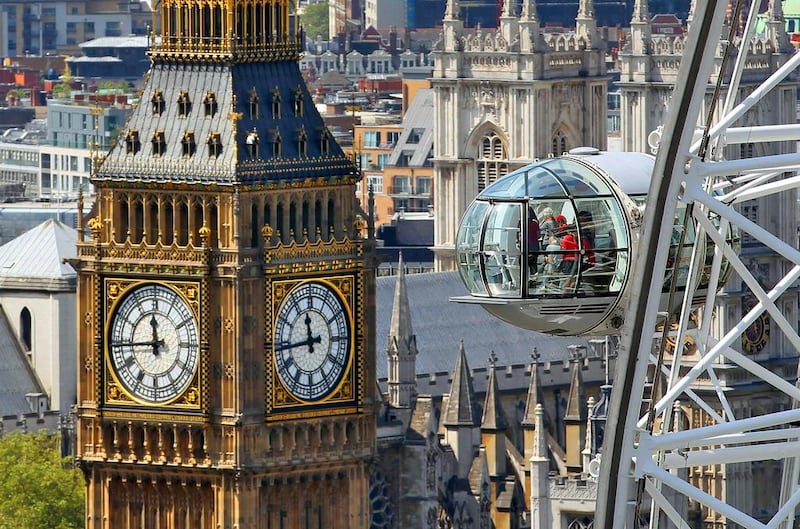You have probably been to London already. Big Ben, Buckingham Palace, Westminster Abbey, Tower Bridge – they've all been ticked off your bucket list.
Fortunately, London is one of the world's largest and most diverse cities, and boasts a trove of curious attractions that many tourists overlook. From investigating a powerful "cult" to visiting a museum stacked with skulls, learning the secrets of the city's police force, experiencing Europe's weirdest amusement arcade and discovering Roman ruins, this is London as you've never seen it.
Novelty Automation
I cannot lie; I have no idea what is going on. I have just inserted coins into an arcade machine and I'm now sitting in a weathered armchair on a "magic carpet". Then the old television in front of me fires up and says that I'm starting a mini holiday. My chair begins to rock from side to side, forward and back as the TV shows an animation of me being transported by plane and bus to a tropical beach. Then a heat lamp tilts forward and shines directly into my face, simulating the pleasant weather of this location. Three minutes later, my holiday is over and I'm back in central London in an outlandish amusement arcade.
There are more than a dozen similarly odd machines throughout Novelty Automation, the quirky arcade created by English cartoonist and engineer Tim Hunkin, who made each contraption. Some of the other machines have names like Alien Probe, Pet or Meat, Instant Weight Loss, i-Zombie and Money Laundering. To be honest, they’re too strange for me to properly explain them here, so you can use your imagination. That’s just what Hunkin did as he sought to make arcade games that were very politically incorrect. What he’s created is equal parts confusing and fun.
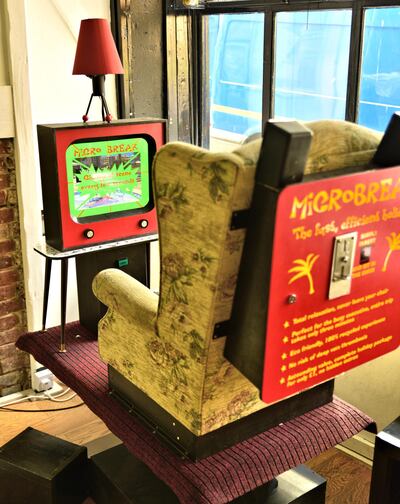
The Library and Museum of Freemasonry
For 300 years, they have been the subject of worldwide rumours, variously described as a cult or an order that covertly wields enormous power. For many years, new members could not apply, they had to be selected by the group, before being carefully vetted and then blindfolded during a curious initiation ceremony. The Freemasons are estimated to have up to six million members – men only – yet the exact figure is not publicly known because of the extreme secrecy of this group.
Some of this mystique is eroded by a visit to London's comprehensive Library and Museum of Freemasonry. It explains to visitors how the Freemasons have evolved since 1717, when the group is considered to have been officially born with the opening of the Grand Lodge of England in London. The museum is a repository for many of the lodge's archives.
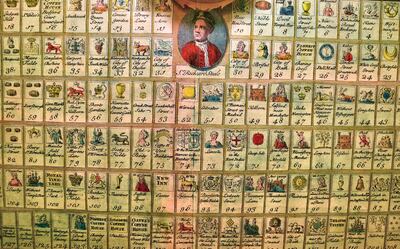
It boasts a huge collection of antiques embellished by Masonic patterns such as regalia, glassware, furniture, porcelain, timepieces and jewels. Among them are objects that once belonged to some of the most renowned Freemasons of all time, including British King Edward VII and Britain's war-time Prime Minister Winston Churchill. Together with displays of documents and photographs, all of these artefacts help explain, to some extent, the hierarchy of the Freemasons, how it has employed symbolism and its community work.
Roman ruins
Existing in the shadows of modern office towers, the crumbled stone ruins look entirely out of place. There are no crowds of tourists or large signs indicating their presence and significance. I could have easily walked past, on my way to or from the neighbouring Museum of London, without even noticing this historic site, let alone realising it is the remains of the city's once grand Roman Fort.
London was founded by the Romans almost 2,000 years ago, after they invaded Britain. Not long after that, this fort was built. It covered a site of about five hectares and accommodated up to 1,000 Roman soldiers. But now, squeezed in between offices and public buildings, the only remnants visitors can access are the few disintegrated walls, turrets and guard rooms of what was the fort’s western gateway.
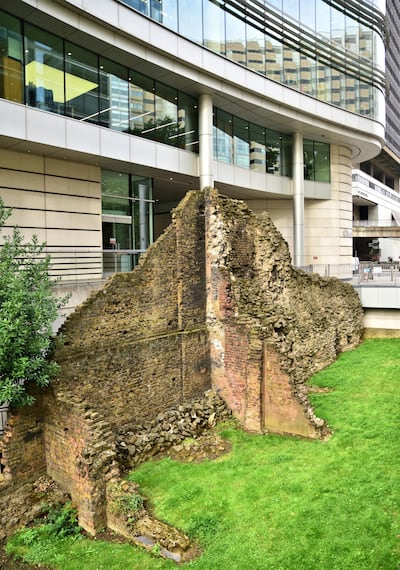
Originally, the fort’s walls were more than five metres tall, protected by ditches on their exterior and reinforced by sturdy banks on their interior. The fort boasted a series of administrative buildings, as well as a barracks for the soldiers and a spacious parade ground. With a bit of imagination, it is not hard to picture how it was laid out, even if modern London has encroached in a big way.
City of London Police Museum
London's so-called "bobbies" are famous around the world due to the countless television shows and films that have focused on the work of these police officers as they tackle crime in western Europe's most populous city. The City of London – the historic central area also known as The Square Mile – actually has its own police force, separate to that which patrols the rest of the city. But how did this celebrated police force form? How did it evolve? And what are the fascinating behind-the-scenes stories of its 180 years in operation? All of this is revealed at the wonderfully comprehensive and very modern City of London Police Museum.
Having grown up watching television dramas about the mean streets of London, I was particularly keen to learn about some of the most grim and grisly cases this police force has had to deal with. The museum highlights the Houndsditch murders of three City of London police officers, as well as the German bombings of London in 1940 and 1941.
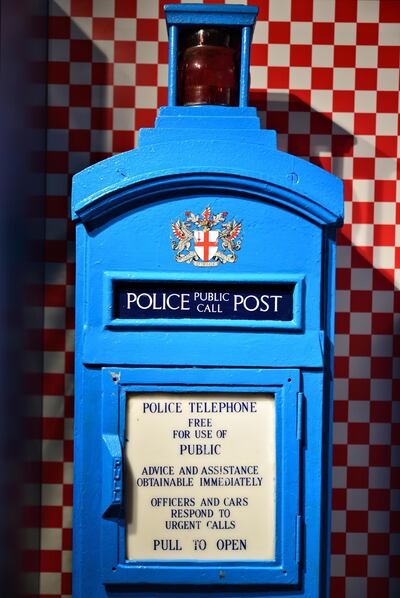
No case fascinated me more, however, than the sordid tale of Jack the Ripper. This is the name given to the serial killer who terrorised London in 1888, brutally murdering up to six women. Dozens of suspects have been named as the Ripper, but this killer has never been caught. The museum relays, in confronting detail, the final hours of the life of one of his victims, Catherine Eddowes. For fans of criminal investigation, there is nowhere in London more engrossing than the City of London Police Museum.
Wellcome Collection
Never before had I felt the need to see a toothbrush used by Napoleon. But now that I have the option of learning about the French military leader's dental practices, I am fascinated. The fact that Napoleon's toothbrush is on display in this museum sums up just how quirky and surprising many of the items in its vast collection are. The Wellcome Collection exhibits the eclectic assembly of items amassed by Sir Henry Wellcome, a hugely wealthy American pharmacist who spent much of his life collecting unusual objects linked to health and medicine.
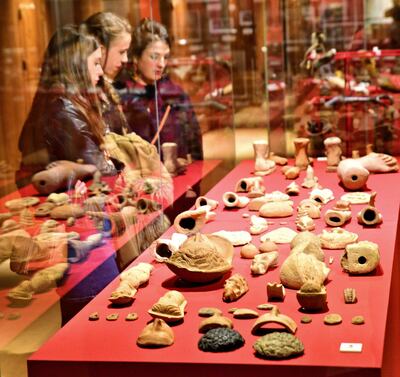
This free museum teaches visitors about the history of medicine via historic manuscripts, ancient medical tools and a well-stocked library that boasts rare documents and books. Yet, if I'm being truthful, my main reason for visiting was to peruse its seemingly never ending assortment of odd objects. I came across tribal masks, human skulls from the 1800s, early models of prosthetic limbs, a cluster of scary-looking bone saws and strands of hair from British King George III. Every time you think this museum can't get any stranger, you turn a corner and it does just that.
